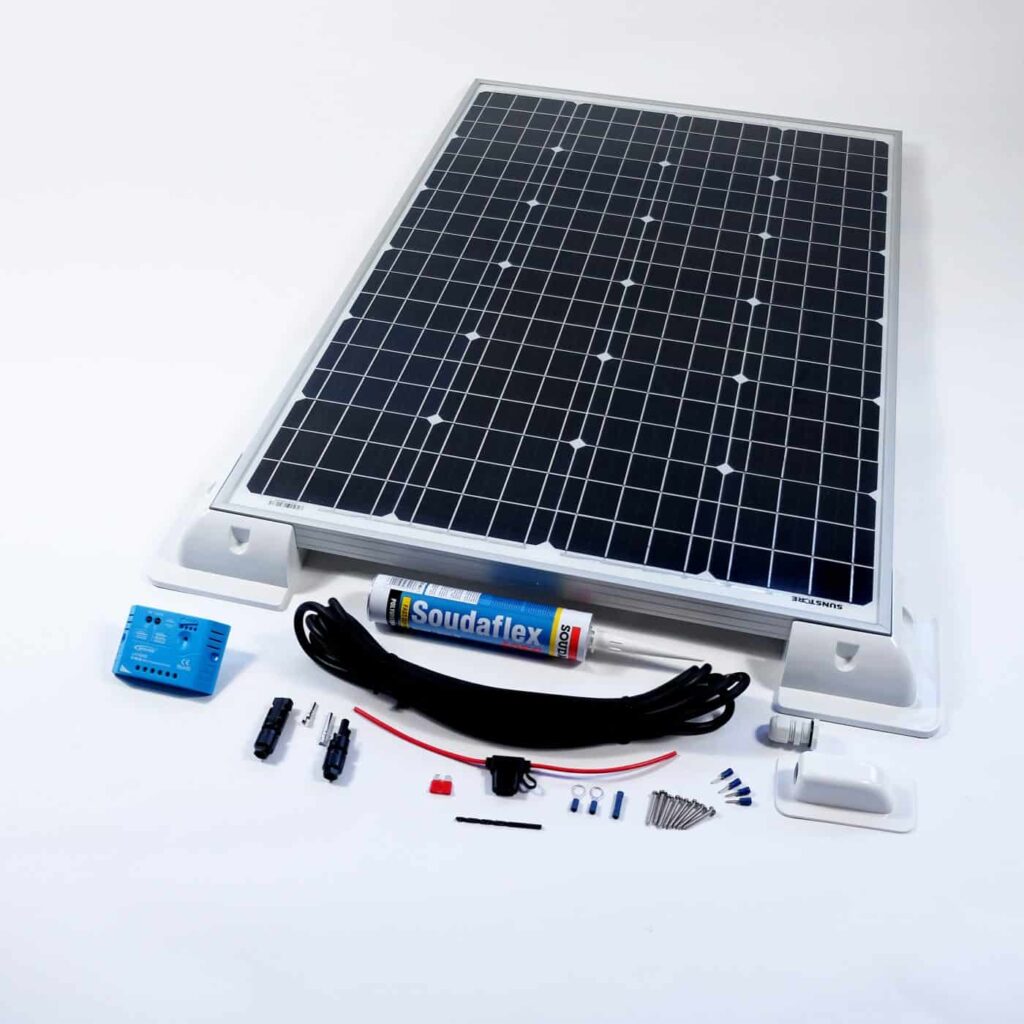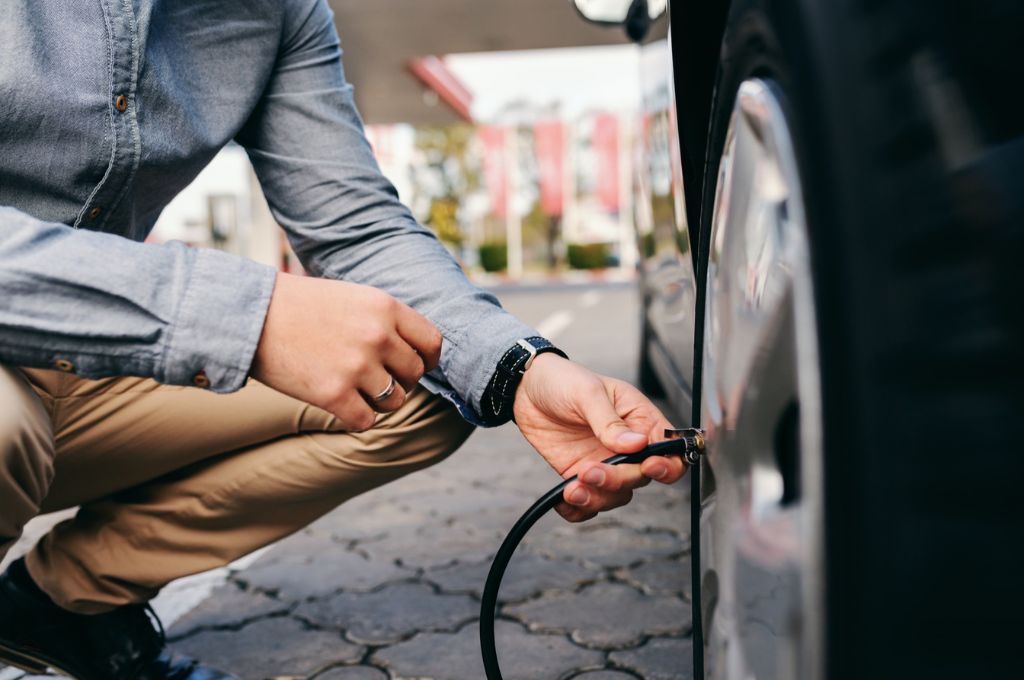Are you tired of dead car batteries during long trips or when your vehicle sits unused for days? A solar automotive battery charger could be the ideal solution. These eco-friendly devices use sunlight to keep your car battery charged—no need for electrical outlets or jumper cables.

In this article, you’ll learn:
- What a solar, automotive battery charger is
- How it works
- Key benefits
- Types of chargers
- How to choose the right one
- Maintenance tips
- And a comparison of popular models
What is a Solar Automotive Battery Charger?
A solar automotive battery charger is a device that uses solar panels to convert sunlight into electrical energy to charge a vehicle’s battery. It helps maintain or recharge 12V batteries commonly found in cars, trucks, RVs, and even boats.
How Does It Work?
The charger has a solar panel that collects sunlight and converts it into DC (Direct Current) electricity. This electricity is then fed into your car battery through a charge controller or directly, depending on the model.
Basic Components:
- Solar Panel – captures sunlight.
- Charge Controller – regulates voltage (prevents overcharging)
- Cables/Connectors – for battery connection
- Mounting Hardware – for dashboard or windshield placement
Benefits of Using a Solar Battery Charger
Here are the main advantages of using a solar-powered car battery charger:
- Eco-Friendly – Uses clean, renewable energy
- No Grid Dependency – Perfect for off-grid or remote areas
- Battery Maintenance – Maintains battery charge when not in use
- Compact and Lightweight – Simple to transport and set up
- Cost-Effective – Saves money in the long run.
- Prevents Battery Drain – Especially during long storage periods
Types of Solar Automotive Battery Chargers
| Type | Description | Best For |
| Trickle Chargers | Low-watt, slow charge | Battery maintenance & storage |
| Portable Chargers | Compact with built-in panels | On-the-go charging, travel |
| Fixed Solar Panels | Installed permanently on a vehicle | RVs, campers, long-term use |
| With Charge Controller | Includes regulation system | Safe for long-term battery connection |
Key Features to Consider
When choosing a solar automotive battery charger, keep these features in mind:
- Wattage (Power Output)
- 5W–10W: Battery maintenance
- 15W–30W: Light recharging
- 50W+: Faster and fully recharging
- Voltage Compatibility
- Ensure it supports your vehicle’s battery (typically 12V)
- Weather Resistance
- Look for waterproof and durable panels for outdoor use.
- Built-in Charge Controller
- Protects the battery from overcharging
- Connector Types
- Alligator clips or 12V cigarette lighter plug
- Portability
- Foldable or compact design for travellers
Quick Comparison Table
| Model | Wattage | Charge Controller | Price Range | Best Use |
| Suner Power 12V Charger | 10W | Yes | $35–$45 | Maintenance for cars |
| ALLPOWERS Portable Panel | 18W | Yes | $50–$65 | Travel, motorcycles |
| ECO-WORTHY Solar Charger | 25W | Yes | $70–$85 | Daily vehicle use |
| Topsolar Foldable Charger | 50W | Yes | $90–$120 | RVs, trucks, off-grid |
Pro Tip: Opt for a model with a charge controller for added safety, particularly if you intend to leave it connected for extended periods.
How to Install a Solar Automotive Battery Charger
Installation is simple and doesn’t require professional help. Here’s a quick step-by-step:
- Choose a location (dashboard, windshield, or outside roof)
- Mount the solar Panel using suction cups or brackets.
- Connect the Panel to the battery via:
- Cigarette lighter port (if supported)
- Alligator clips (directly to the battery terminals)
- Check LED indicators (most chargers have status lights)
Important: If you park indoors or in shaded areas, consider using a higher-wattage panel or parking in direct sunlight for better efficiency.
Maintenance Tips
To get the best performance from your solar charger:
- Clean the Panel regularly (dust can block sunlight)
- Check battery levels monthly.
- Inspect connections for corrosion or wear.
- Place in full sunlight whenever possible
FAQs About Solar Automotive Battery Chargers
Q1: Can it charge a dead battery?
A: Most solar chargers are designed to maintain a battery rather than restore a fully drained one. Use a jump starter or traditional charger first.
Q2: Is it safe to keep the charger plugged in all the time?
A: Yes, if it comes with a built-in charge controller. Otherwise, monitor it to prevent overcharging.
Q3: Do solar chargers work on cloudy days?
A: They operate less efficiently but can still provide a small charge. For better results, higher-wattage models are recommended.
Q4: How long does it take to charge a car battery?
A: It depends on the wattage and battery size. A 10W charger may take days, while a 50W charger can charge in several hours with full sun.
Final Thoughts: Is a Solar Automotive Battery Charger Worth It?
If you often deal with battery drain, store your vehicle for long periods, or simply want a green solution, a solar automotive battery charger is definitely worth the investment.
Whether you’re on the road, off-grid, or just parked in your driveway, you’ll enjoy peace of mind knowing your battery stays charged without lifting a finger or plugging into the grid.






Leave a Reply